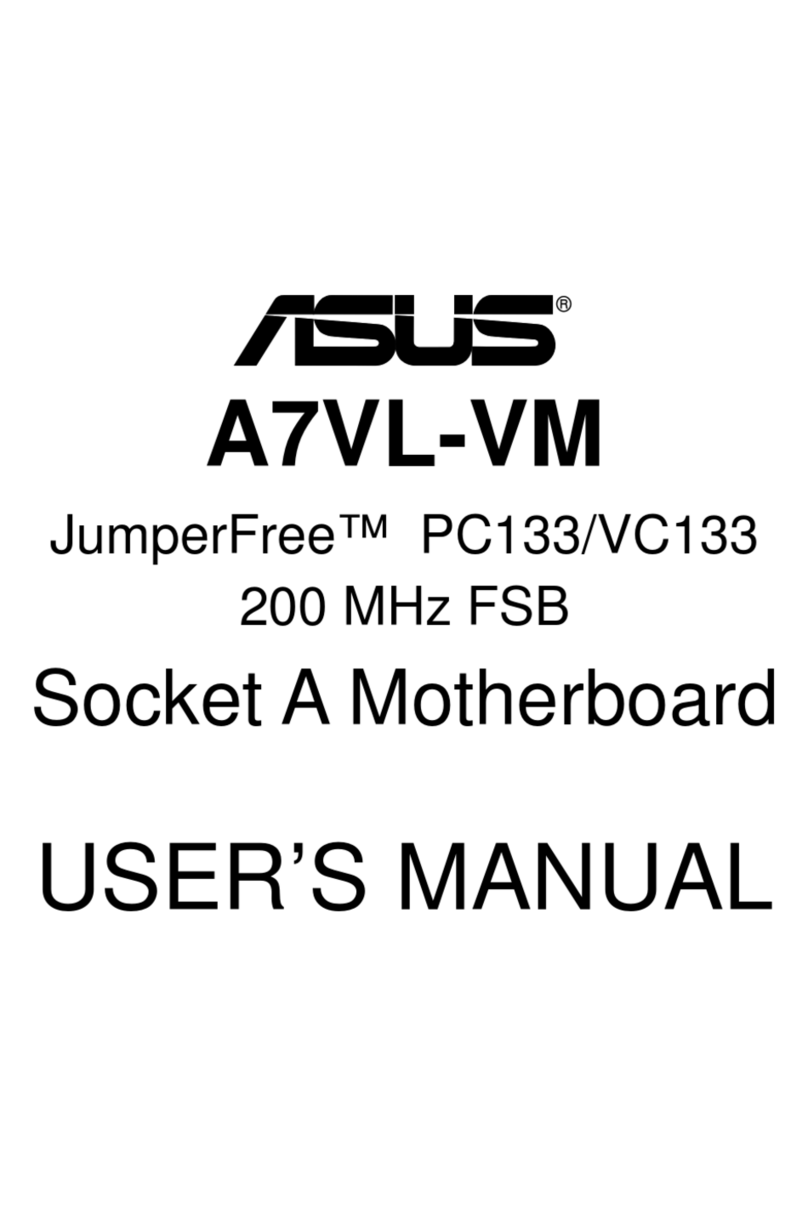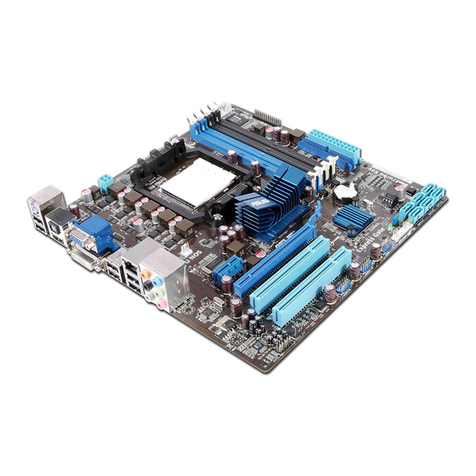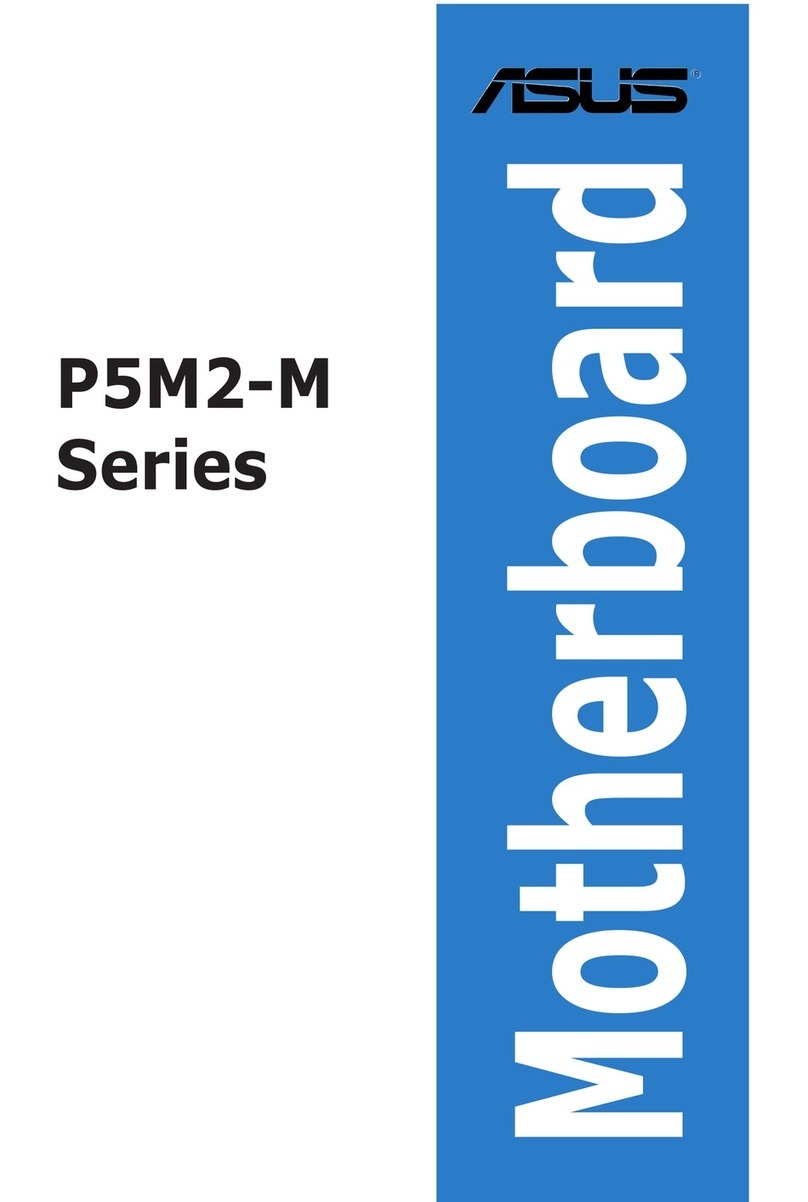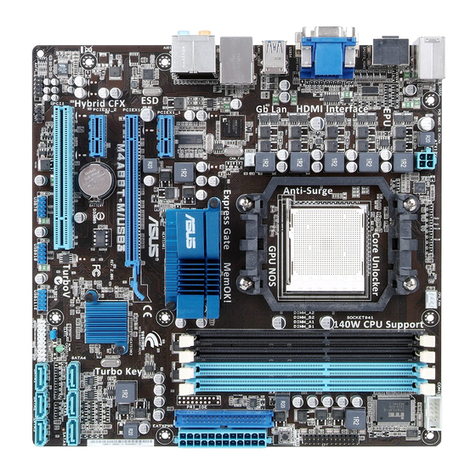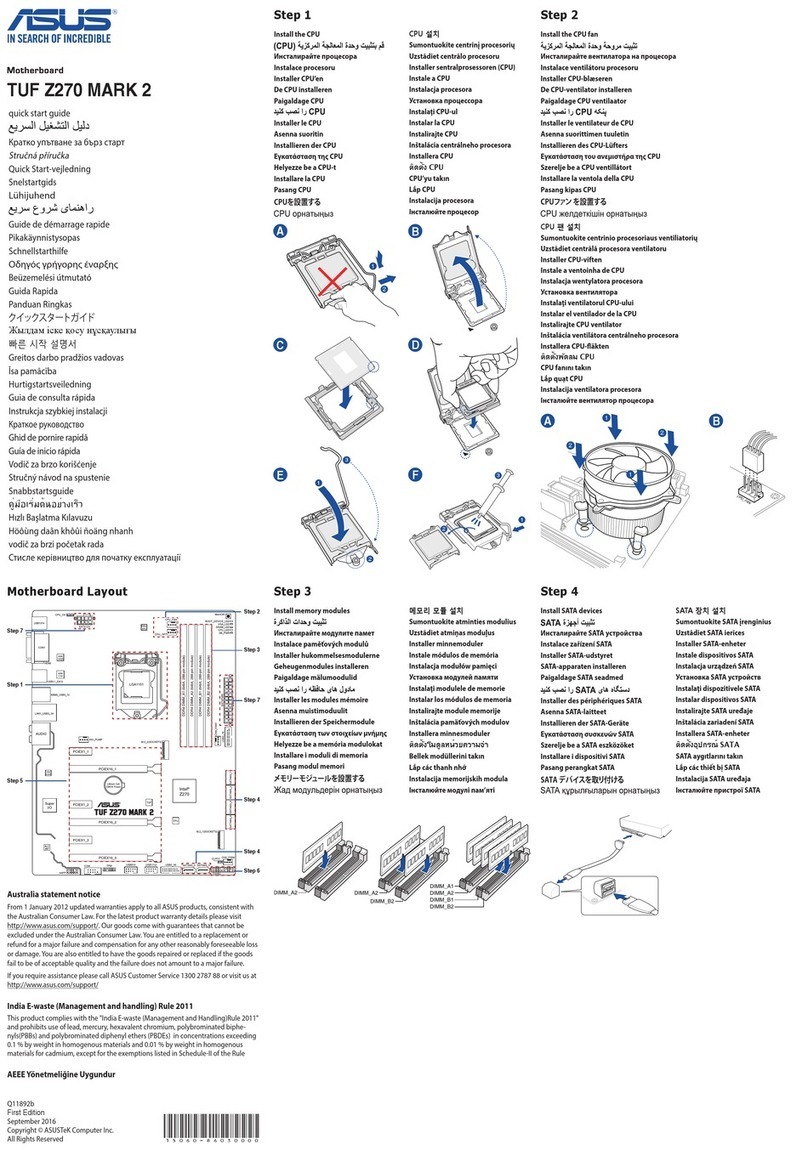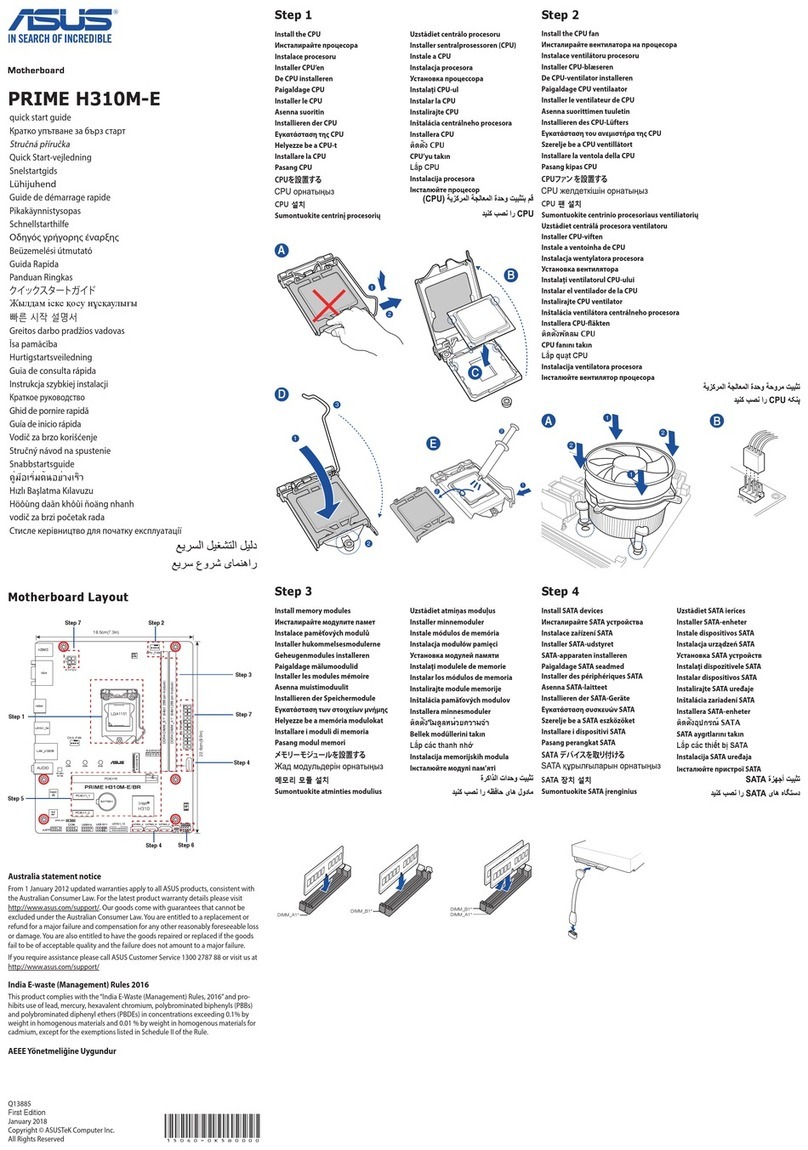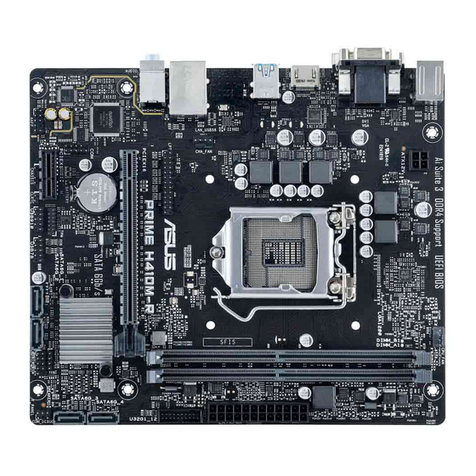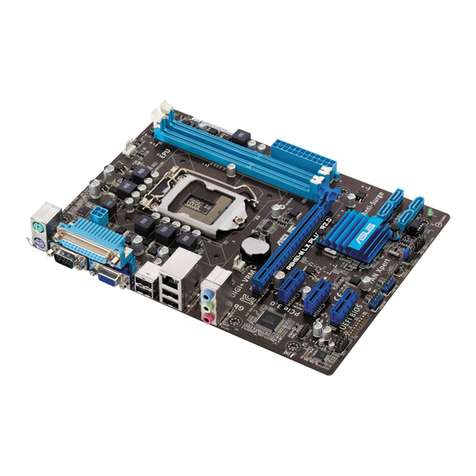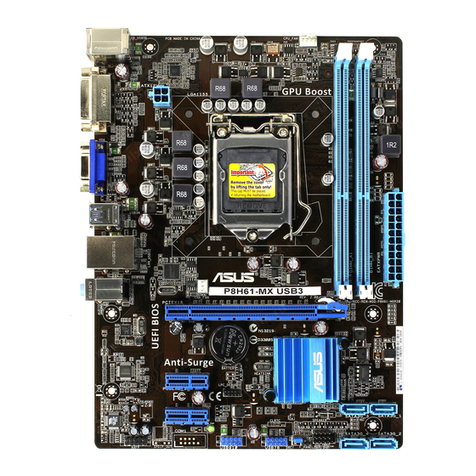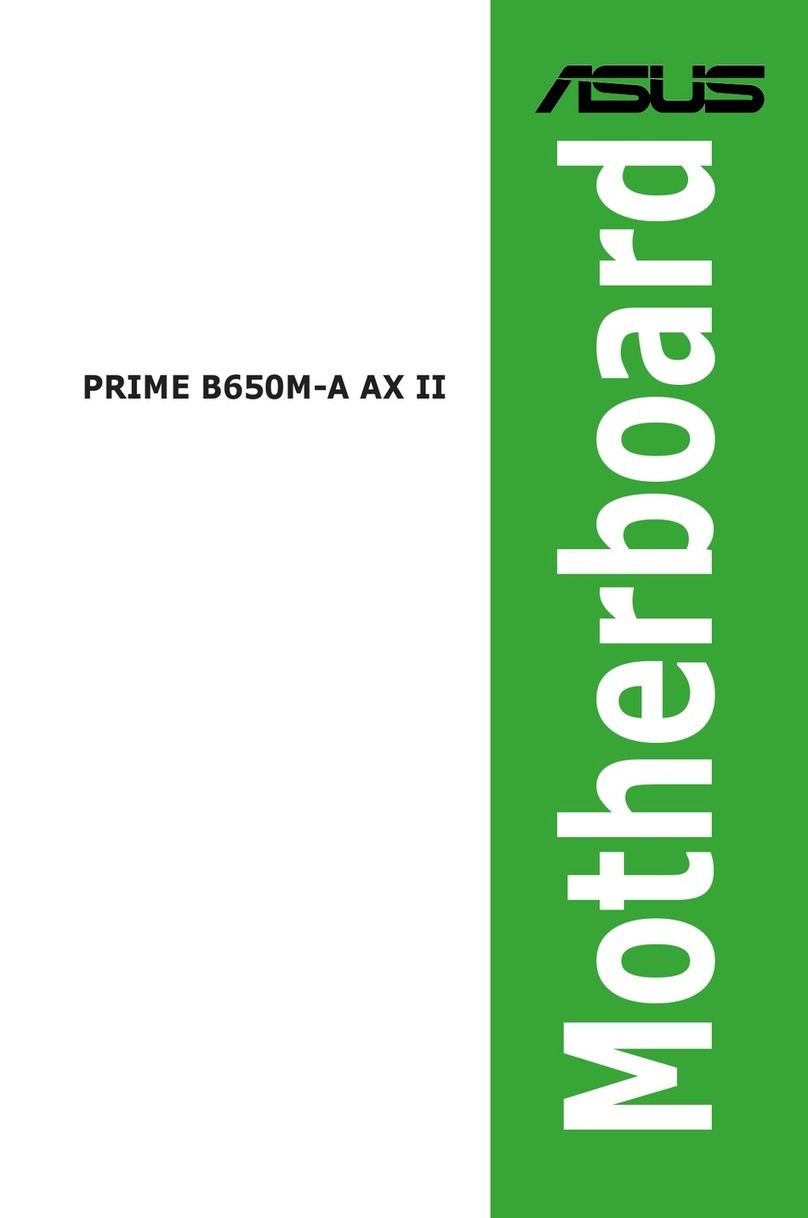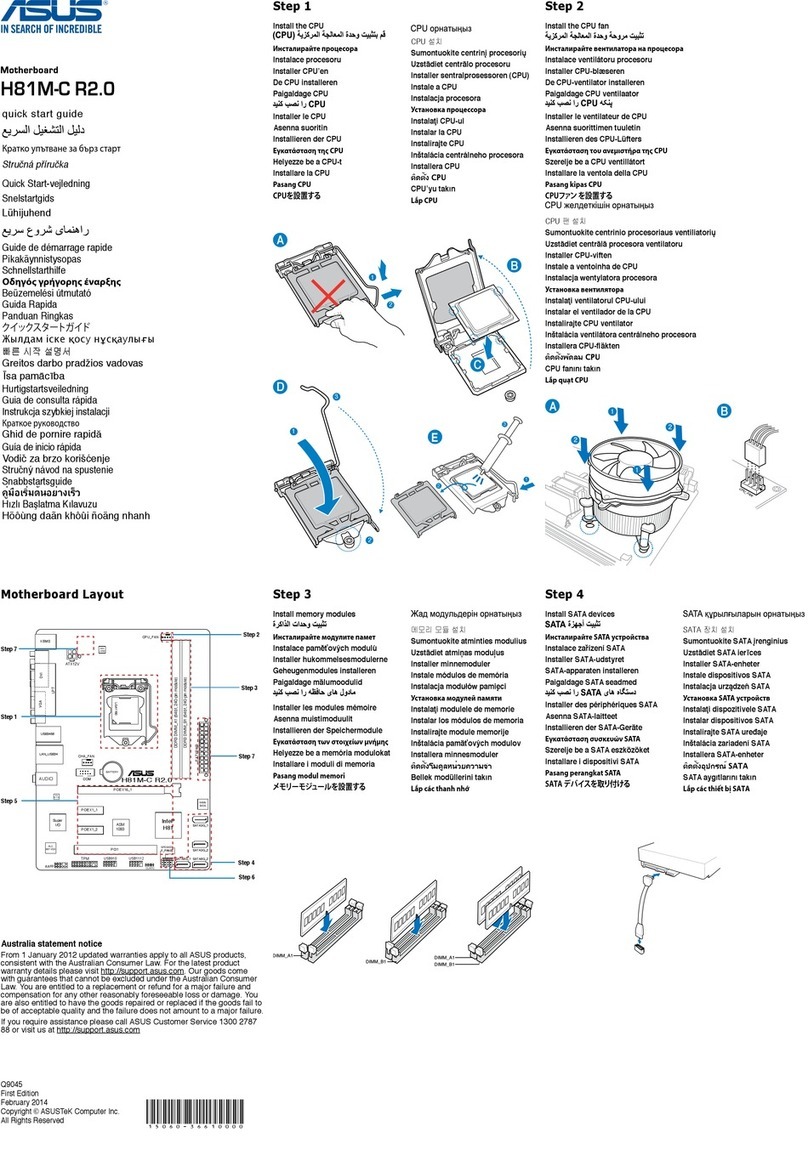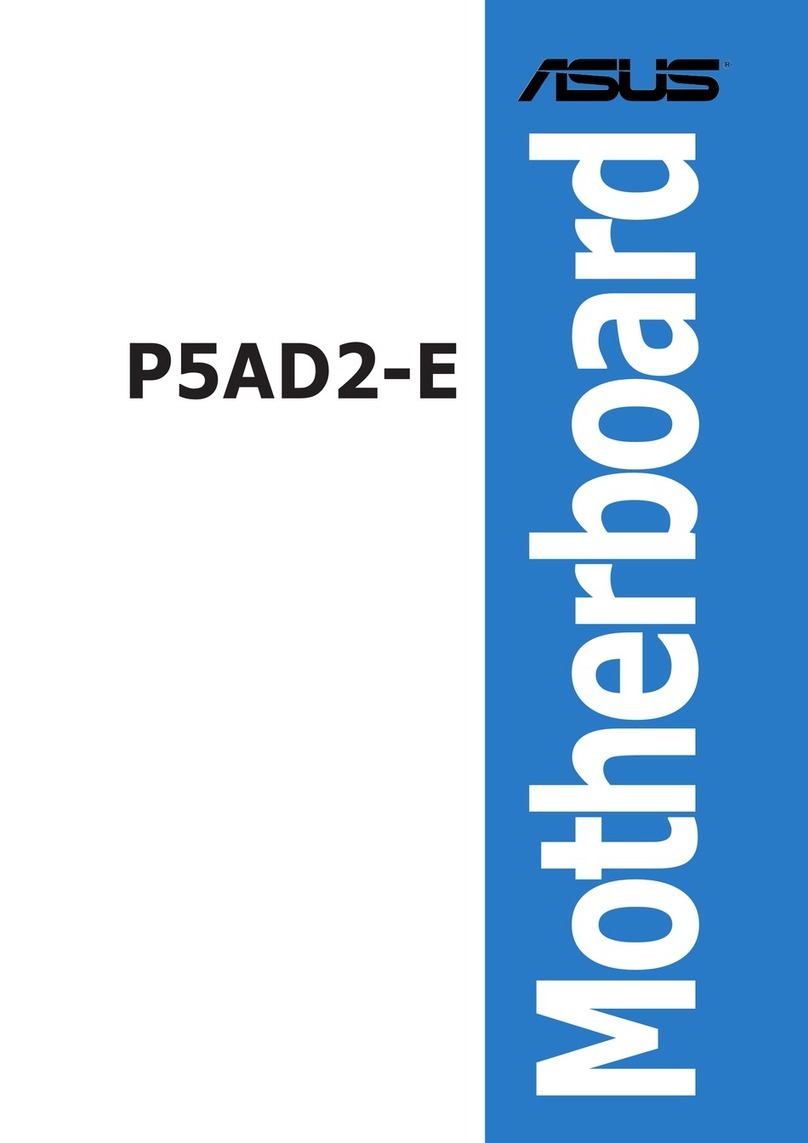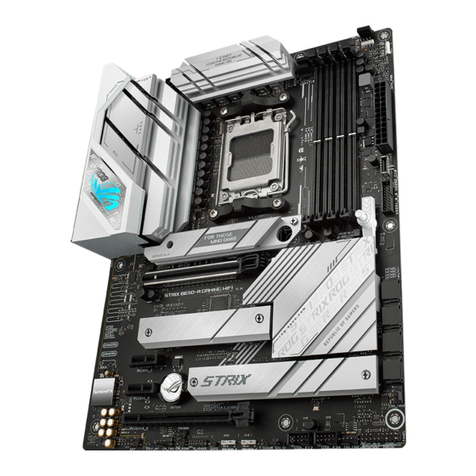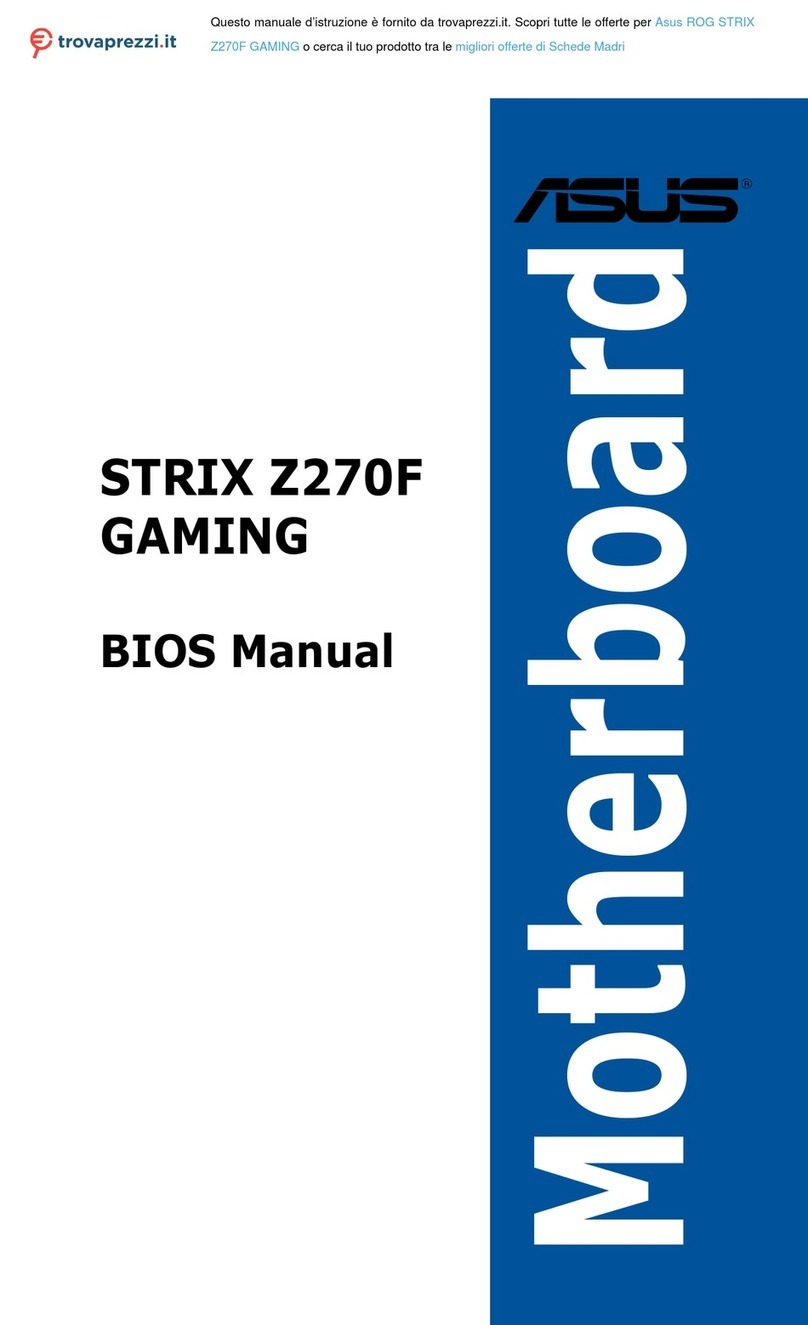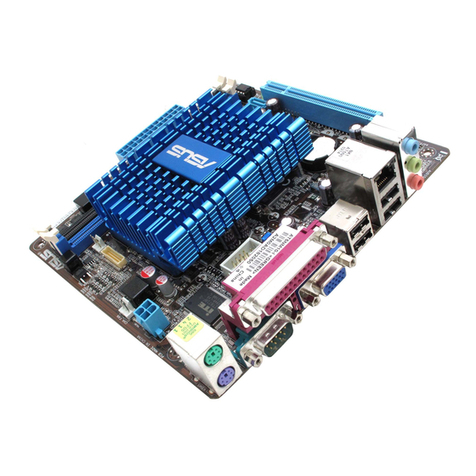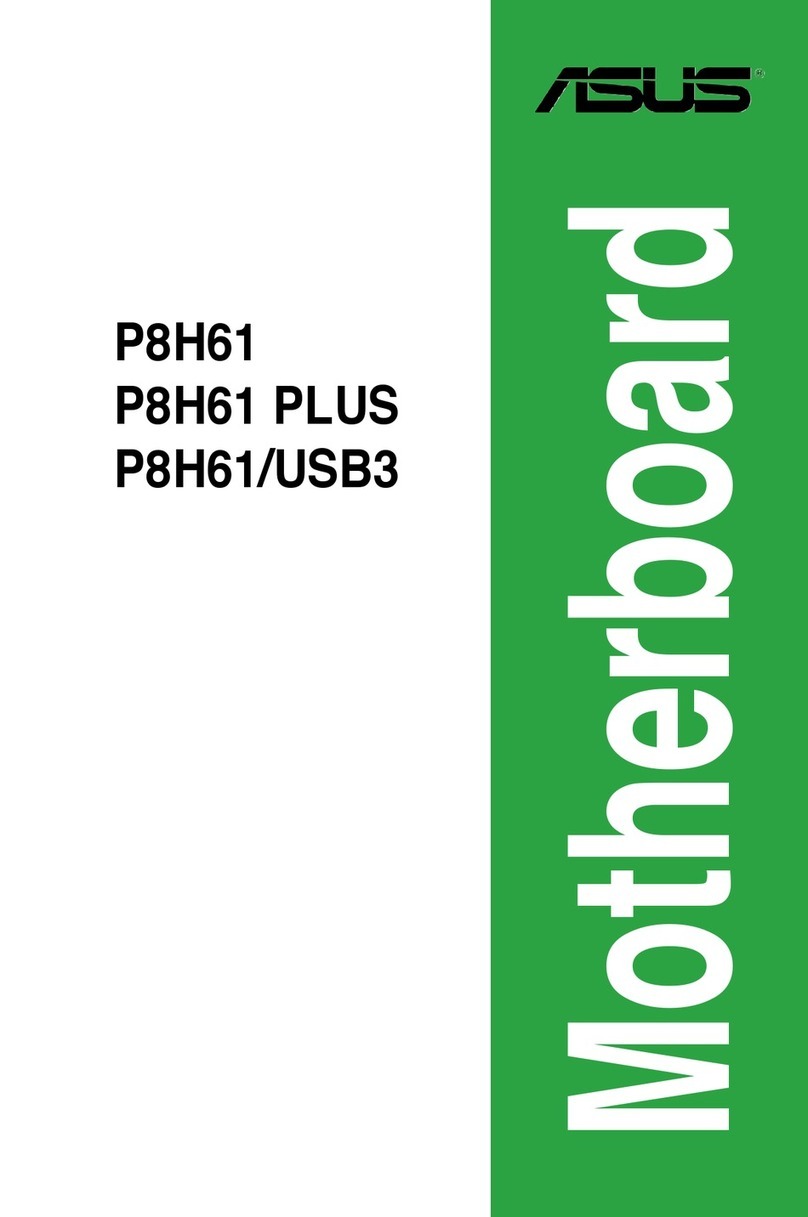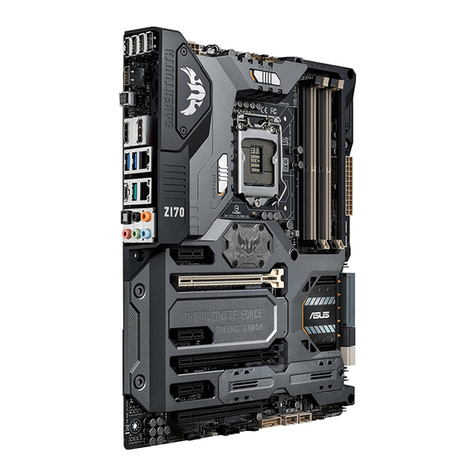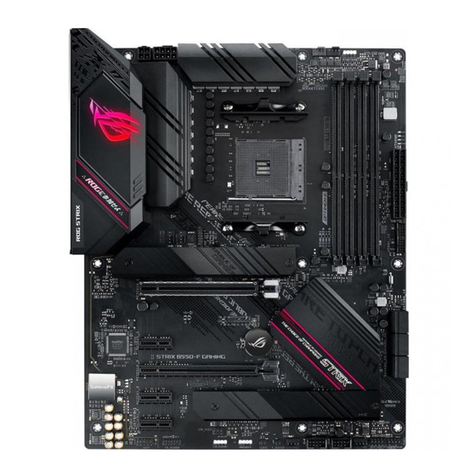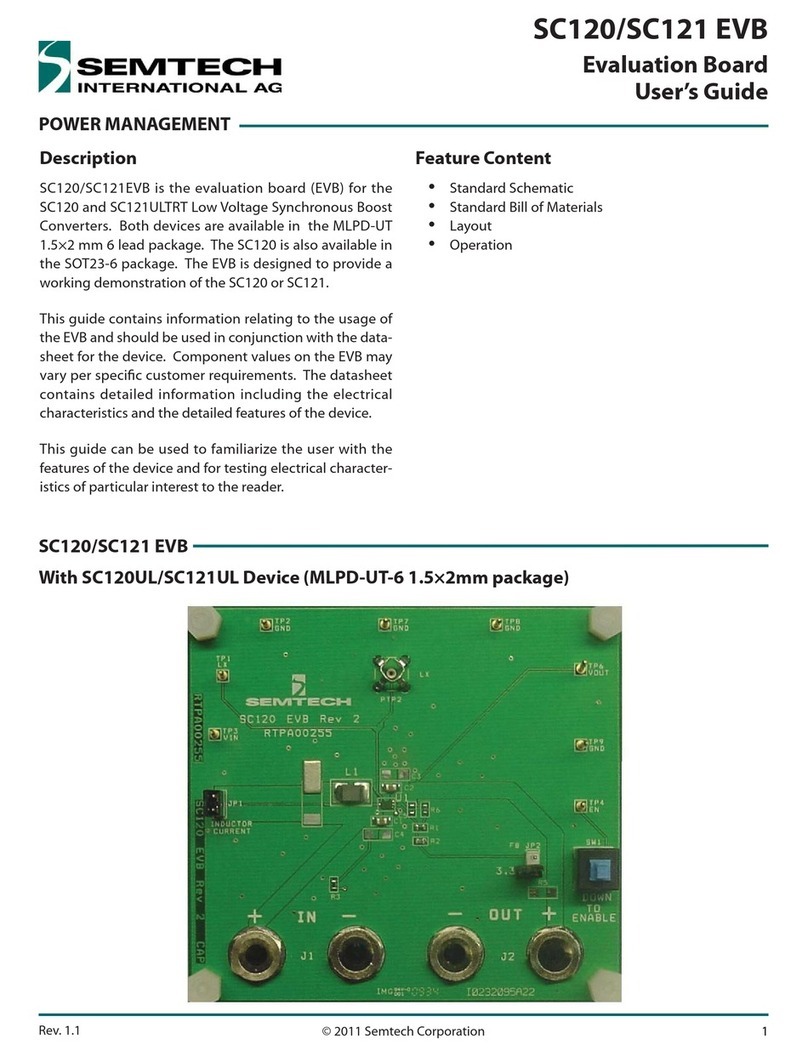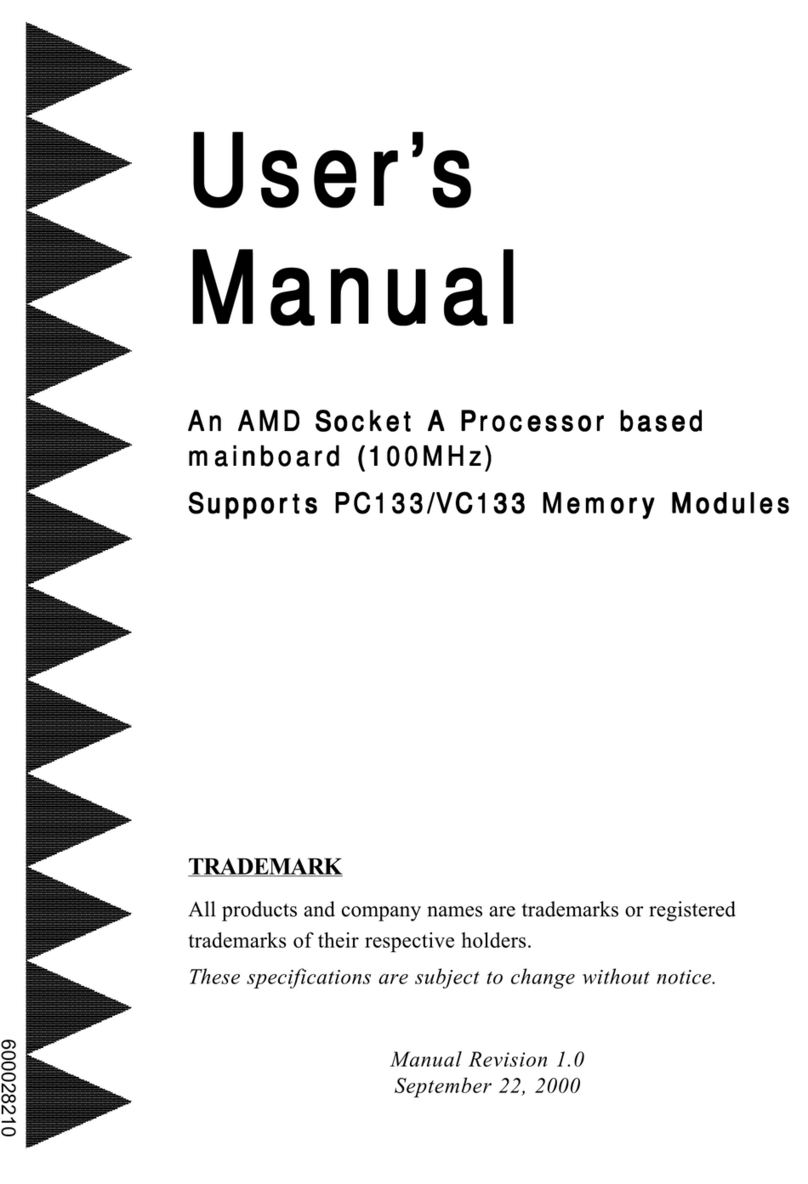
ASUS TX97-XV User’s Manual
4
CONTENTS
I. INTRODUCTION...........................................................................7
How this manual is organized ..................................................................... 7
Item Checklist ............................................................................................. 7
II. FEATURES ....................................................................................8
Features of the ASUS TX97-XV Motherboard........................................... 8
Introduction to ASUS TX97 Series of motherboards ........................... 9
Parts of the ASUS TX97-XV Motherboard ........................................ 11
III. INSTALLATION ........................................................................12
Map of the ASUS Motherboard ................................................................ 12
Installation Steps ....................................................................................... 14
1. Jumpers ................................................................................................. 14
Jumper Settings ............................................................................ 15
Compatible Cyrix CPU Identification .......................................... 17
2. System Memory (SIMM & DIMM) .................................................... 19
SIMM Memory Installation.......................................................... 20
DIMM Memory Installation ......................................................... 21
3. Central Processing Unit (CPU) ............................................................ 23
4. Expansion Cards................................................................................... 24
Expansion Card Installation Procedure: ....................................... 24
Assigning IRQs for Expansion Cards........................................... 24
Assigning DMA Channels for ISA Cards..................................... 25
5. External Connectors ............................................................................. 26
Power Connection Procedures ............................................................ 33
IV. BIOS SOFTWARE .....................................................................34
Support Software....................................................................................... 34
Flash Memory Writer Utility..................................................................... 34
Main Menu ................................................................................... 34
Advanced Features Menu ............................................................. 35
Managing & Updating your Motherboard's BIOS.............................. 36
6. BIOS Setup........................................................................................... 37
Load Defaults ............................................................................... 38
Standard CMOS Setup ........................................................................ 38
Details of Standard CMOS Setup:................................................ 39
BIOS Features Setup........................................................................... 42
Details of BIOS Features Setup.................................................... 42
Chipset Features Setup........................................................................ 45
Details of Chipset Features Setup................................................. 45
Power Management Setup .................................................................. 48
Details of Power Management Setup ........................................... 48
PNP and PCI Setup ............................................................................. 50
Details of PNP and PCI Setup ...................................................... 50
Load BIOS Defaults............................................................................ 52
Load Setup Defaults............................................................................ 52
Supervisor Password and User Password ........................................... 53
IDE HDD Auto Detection ................................................................... 54
Save and Exit Setup ............................................................................ 55
Exit Without Saving ............................................................................ 55
V. SUPPORT SOFTWARE..............................................................56
ASUS TX97 Motherboard Series Support CD ......................................... 56
LANDesk Client Manager (LDCM) ......................................................... 56
